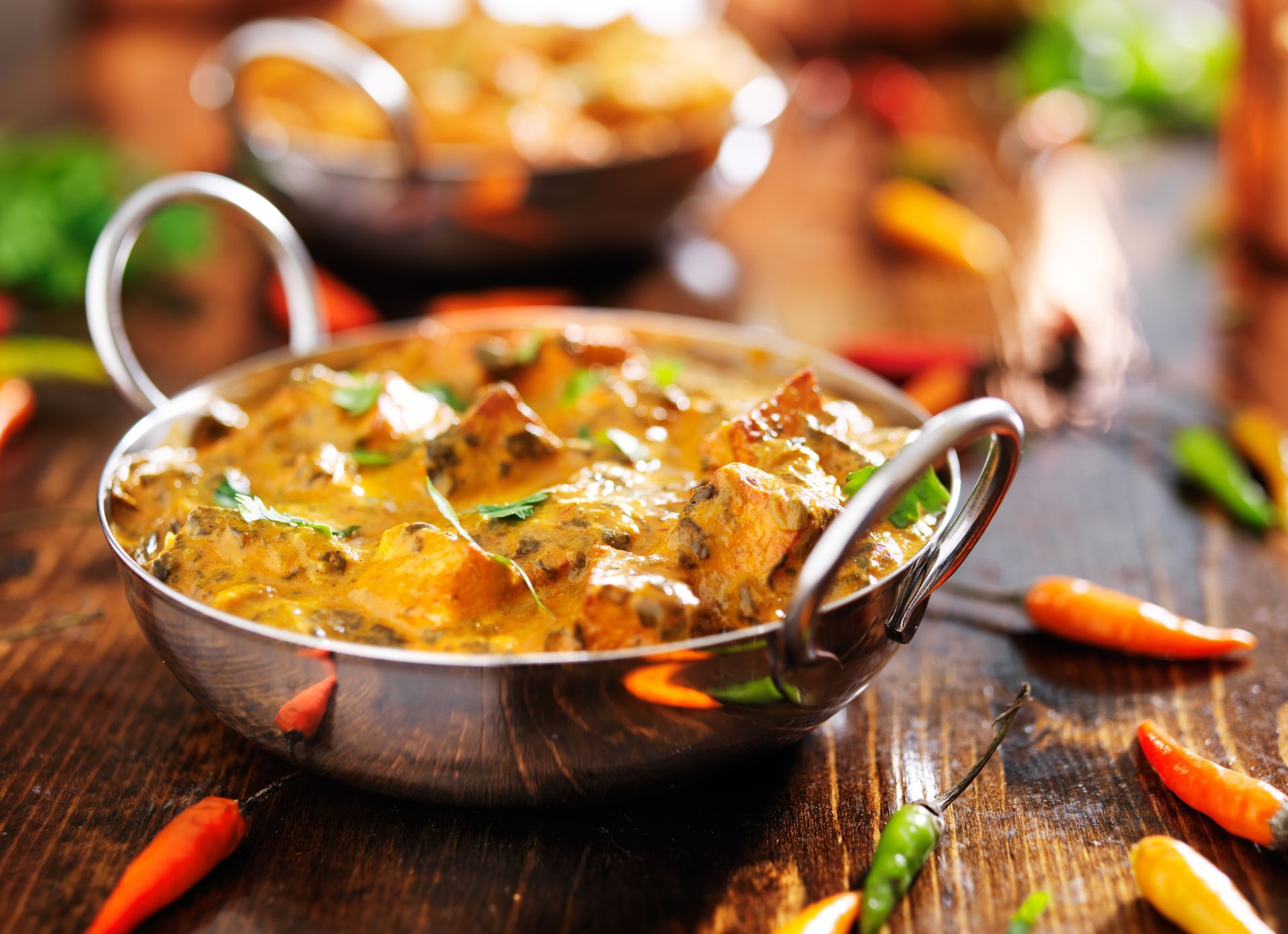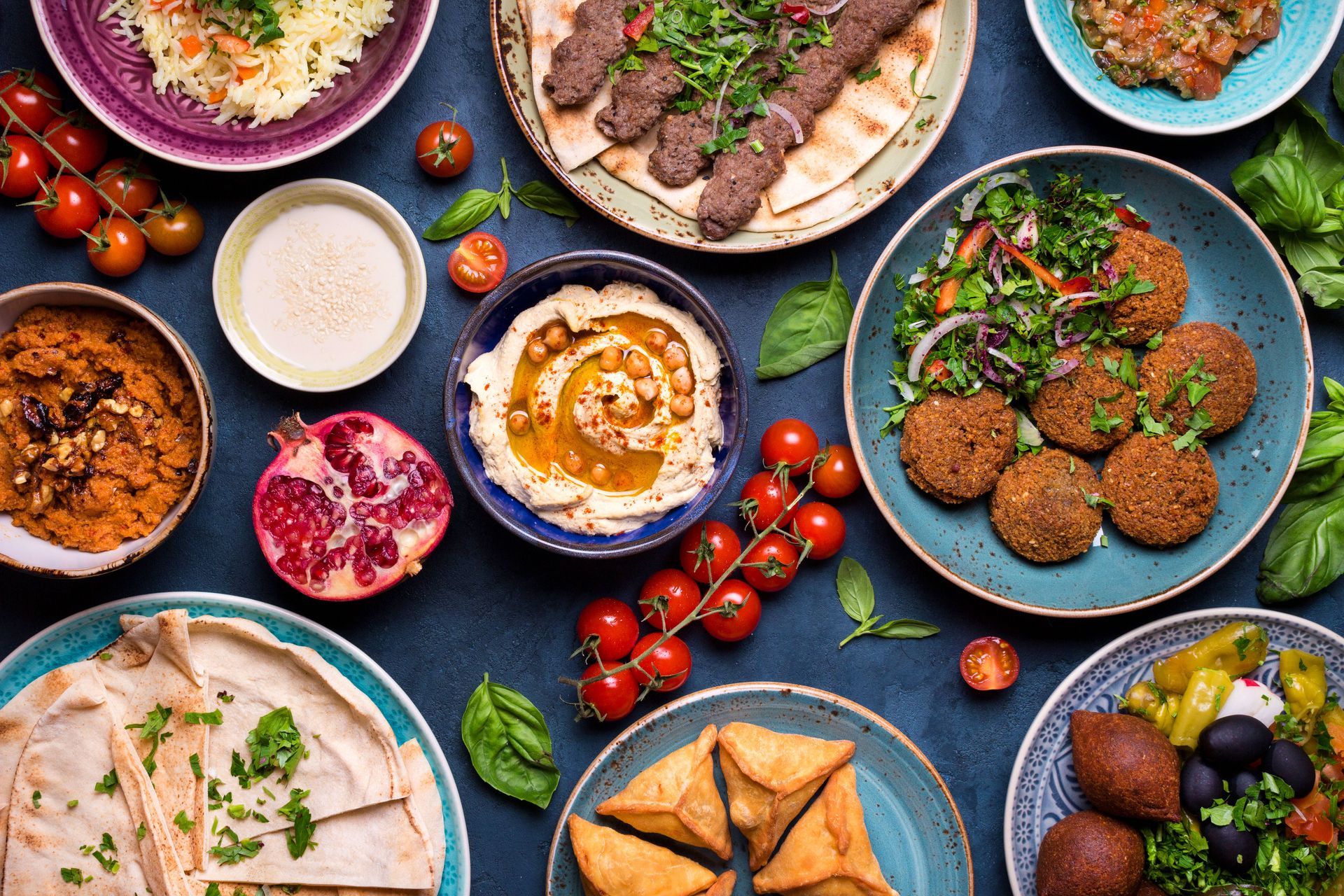Why Indian Food is a Great Options for Vegetarians
The culinary landscape of India offers an extensive array of vegetarian dishes that are deeply tied to the country’s culture and traditions. For vegetarians, Indian cuisine is a spectrum of flavors, ingredients, and cooking techniques that elevate plant-based dining. Its diversity mirrors the cultural mosaic of India, making it appealing to those seeking nutritious and flavorful vegetarian options. With the global rise of plant-based diets, Indian food stands out as both nutritionally comprehensive and captivating in taste and presentation. For many outside India, Indian takeout has become the most convenient way to explore this richness at home.
The Historical Context of Vegetarianism in India
The Influence of Religion
Religion has long shaped dietary practices in India. Hinduism, Jainism, and Buddhism emphasize compassion toward living beings, guiding many followers toward vegetarianism. Hinduism promotes Ahimsa, or non-violence, encouraging plant-based living. Jainism takes it further, excluding root vegetables to avoid harming microorganisms. According to the Pew Research Center, about four in ten Indian adults identify as vegetarian, showing how deeply religion still influences food choices. Today, those same values are reflected in many of the dishes enjoyed through Indian takeout menus worldwide.
Traditional Vegetarian Diets
India’s agricultural practices and regional climates shaped traditional diets, which relied heavily on vegetables, legumes, and grains. Communities developed unique culinary heritages, reflecting local resources and customs. These eating patterns highlight how vegetarianism has been ingrained in Indian society for centuries. Modern Indian takeout often mirrors these traditions, offering dal, sabzi, and flatbreads inspired by regional roots.
Colonial Impact on Diet
The British colonial era introduced new crops and techniques that influenced Indian cuisine. While certain foreign elements were adopted, the foundation of vegetarian food remained plant-based. This resilience shows the enduring strength of India’s vegetarian identity. Even today, many Indian takeout favorites retain flavors that date back hundreds of years.
Socio-cultural Importance
Vegetarian food plays a central role in Indian festivals and rituals. During religious events, plant-based meals are often considered purer and more suitable for offerings. Special vegetarian dishes mark important occasions, embedding them in the cultural fabric of Indian society. This emphasis on ritual purity and celebration has influenced the variety of options we now see on Indian takeout menus abroad.
Modern Vegetarian Movements
Today, Indian vegetarian cuisine continues to evolve, integrating global influences while maintaining traditional roots. Urbanization has made these foods more accessible, and the revival of classic dishes with modern spins aligns with health-conscious lifestyles. The growing demand for plant-based meals has also boosted the popularity of vegetarian Indian takeout, making it an easy choice for those seeking healthier dining options.
Diversity of Ingredients in Indian Vegetarian Cuisine
Abundance of Legumes
Legumes are a cornerstone of Indian vegetarian diets, providing essential protein. Dishes like dal and chole showcase the versatility of lentils and chickpeas. Used whole, split, or ground, legumes highlight the nourishing potential of Indian meals. These classics frequently appear on Indian takeout menus, offering comfort food that is both hearty and nutritious.
Richness in Vegetables
Indian cooking embraces a wide variety of vegetables, from staples like potatoes and cauliflower to seasonal produce like bitter gourd. Creative combinations with spices and sauces transform simple vegetables into flavorful meals. Many of these vibrant preparations have become Indian takeout staples across the globe.
Aromatic Spices and Herbs
Spices define Indian cuisine, adding both flavor and health benefits. Turmeric, cumin, coriander, and cardamom enhance dishes while providing anti-inflammatory and antioxidant properties. Fresh herbs such as mint and coriander elevate complexity and freshness. These carefully balanced flavors make Indian takeout popular with people seeking bold, distinctive meals.
Grains and Cereals
Rice, wheat, and millet are essential staples. From steamed rice and rotis to dishes like khichdi, grains form the base of balanced meals. When paired with legumes, they provide complete proteins. These versatile combinations appear frequently in Indian takeout, often served alongside curries and vegetable dishes.
Dairy and Plant-based Alternatives
Dairy, especially paneer and yogurt, enriches many vegetarian dishes. At the same time, plant-based alternatives such as coconut milk, soy, and almond products are increasingly popular, making traditional recipes accessible to vegans and those avoiding dairy. Many Indian takeout restaurants now offer both dairy-rich and plant-based versions to meet diverse customer needs.
Culinary Techniques that Enhance Vegetarian Dishes
Spices as Flavor Enhancers
Toasting and grinding spices deepen their flavors, forming the foundation of Indian cuisine. This careful layering transforms simple ingredients into rich, memorable meals. It’s one of the reasons Indian takeout often tastes as vibrant and complex as a home-cooked meal.
Use of Ghee and Cooking Oils
Ghee adds richness and aroma, while oils like mustard, coconut, and sesame provide distinctive flavor bases. These fats also carry spices, amplifying taste profiles. Their use in Indian takeout ensures dishes retain traditional depth and authenticity.
Roasting and Smoking Techniques
High-heat roasting enhances sweetness, while smoking imparts earthy notes. Combined with marinades, these methods create depth and complexity in vegetarian dishes. Many restaurants include these techniques to replicate traditional flavors in their Indian takeout offerings.
Regional Variations in Indian Vegetarian Food
North Indian Cuisine
Known for hearty dishes, North India offers meals like Chole and Paneer Butter Masala, often paired with breads like naan or roti. Dairy enhances textures, while aromatic gravies define the region’s rich flavors. These dishes are among the most ordered items on Indian takeout menus worldwide.
South Indian Culinary Traditions
South Indian cuisine features rice, lentils, and coconut-based dishes. Staples like dosa, idli, and sambar combine lightness with robust taste. Indian takeout establishments often highlight these items, bringing traditional breakfast dishes to global dinner tables.
Western Indian Delicacies
Gujarati thalis and Rajasthani specialties are known for variety and innovation with vegetarian ingredients. Many of these dishes are now adapted for Indian takeout, where smaller samplers and meal boxes allow diners to try several flavors at once.
Health Benefits of a Vegetarian Indian Diet
Nutrient-rich and Balanced Meals
Combining grains, legumes, vegetables, and dairy ensures balanced nutrition. These meals provide essential vitamins, minerals, and fiber. Today, Indian takeout continues to deliver balanced meal options that satisfy nutritional needs.
Weight Management and Satiety
High fiber content from legumes and grains promotes fullness, helping control appetite. Minimal reliance on processed foods makes Indian vegetarian diets supportive of healthy weight management. Many people rely on vegetarian Indian takeout for meals that feel indulgent but are still wholesome.
Adaptability of Indian Vegetarian Food in Global Cultures
Fusion Cuisine and Creative Adaptations
Chefs worldwide use Indian spices to create innovative vegetarian dishes. Fusion cuisines merge traditional flavors with international techniques, making Indian food appealing to global audiences. Many of these creative fusions are now popular in Indian takeout restaurants across major cities.
Global Popularity and Accessibility
Indian restaurants thrive globally, from street stalls to fine dining. Greater access to authentic ingredients in supermarkets further spreads the popularity of vegetarian Indian food. Indian takeout has become a gateway for countless people to explore these flavors at home.
Indian cuisine stands as one of the most flavorful and nutritious vegetarian options worldwide. Its history, ingredients, and techniques provide balanced meals that nourish both body and mind. As plant-based diets continue to grow, Indian takeout serves as an easy and accessible way for people everywhere to experience the vibrancy of vegetarian Indian food. Looking for some Indian takeout this week? Visit Moon India Restaurant today.






Share On: